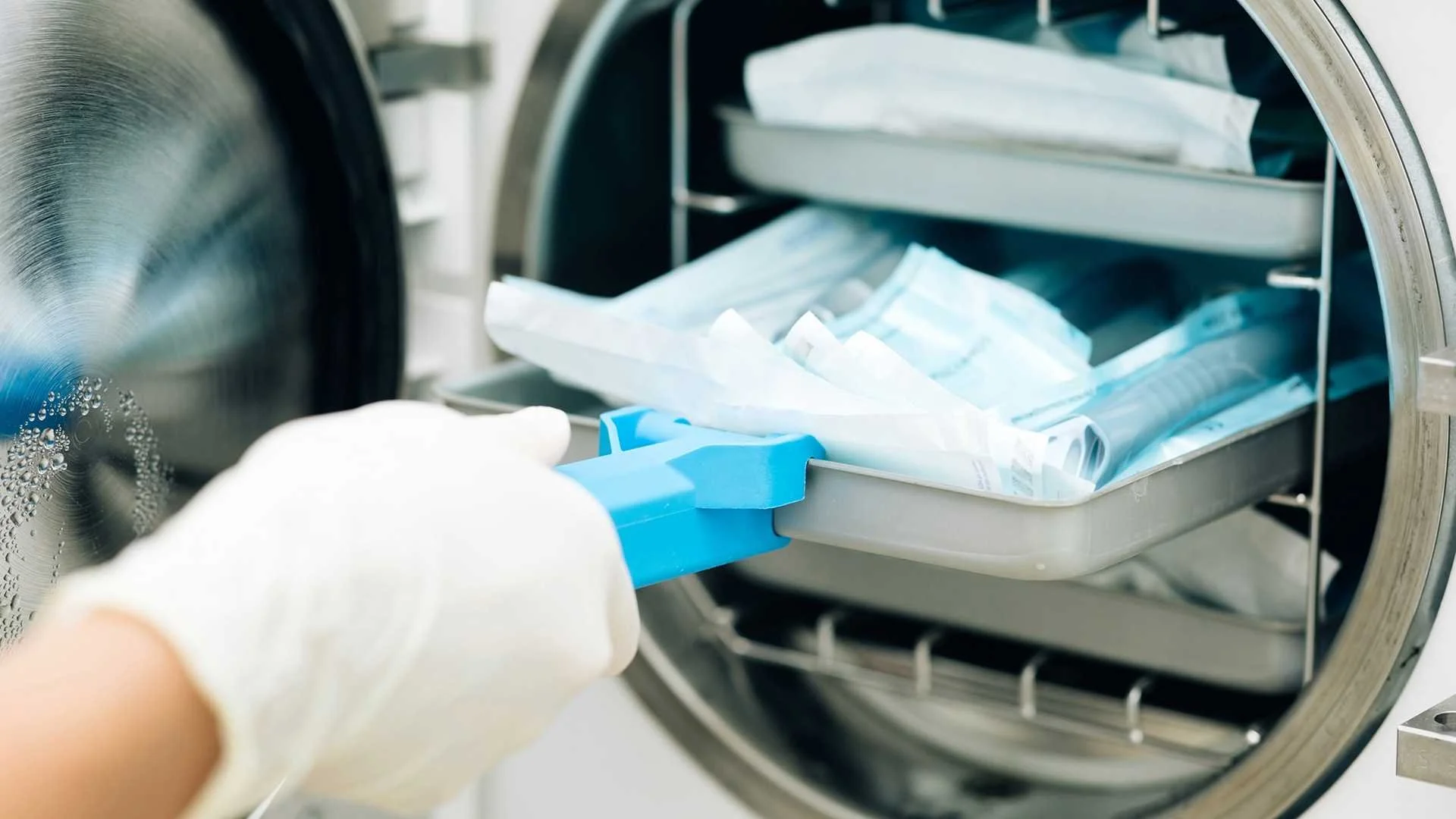Lets Talk About Sterilization
Sterilization is more than a cycle, it’s a critical system for patient safety
The delivery of sterile products for use in patient care is a critical aspect of healthcare and requires a multi-step process to ensure the effectiveness and safety of the sterilization process. In order to ensure that instruments/devices are free of all microorganisms, it is important to consider various aspects of the sterilization process, including but not limited to decontamination, disassembling and packaging of the device, loading the sterilizer, monitoring, sterilant quality and quantity, and the appropriateness of the cycle for the load contents.
Sterilization is a process that destroys all microorganisms on the surface of an article or in a fluid, to prevent the transmission of disease associated with the use of that item. Medical devices that have direct contact with sterile body tissues or fluids are considered critical items and must be sterile when used. Such items include surgical instruments, biopsy forceps, and implanted medical devices. The basic principle of steam sterilization, as accomplished in an autoclave, is to expose each item to direct steam contact at the required temperature and pressure for the specified time. The four parameters of steam sterilization are steam, pressure, temperature, and time. Pressure serves to obtain the high temperatures necessary to quickly kill microorganisms. To ensure microbicidal activity, specific temperatures must be obtained. At constant temperatures, sterilization times vary depending on the type of item being sterilized, whether the item is wrapped or unwrapped, and the sterilizer type.
Before being processed, items must be cleaned using water with detergents or enzymatic cleaners. Cleaning reduces the bioburden and removes any foreign material that may interfere with the sterilization process by acting as a barrier to the sterilization agent. Precleaning in patient-care areas may be necessary for items that are heavily soiled with blood, or other potentially infectious material. Items that are not cleaned before being sent to sterilization may be difficult to clean because of dried secretions and excretions. Cleaning and decontamination should be done as soon as possible after the items have been used.
Mechanical cleaning machines may facilitate cleaning and decontamination for most items, while delicate and intricate objects and heat or moisture-sensitive articles may require careful cleaning by hand. All used items sent to the central processing area should be considered contaminated and handled with gloves and potentially forceps, especially when dealing with glass.
Individuals working in the decontamination area should wear utility gloves when handling or cleaning contaminated instruments and devices. Face masks, eye protection such as goggles or full-length face shields, and a fluid impervious gown, when exposure to blood and contaminated fluids may occur. Once items have been cleaned, dried, and inspected, those requiring sterilization must be wrapped or placed in rigid containers and arranged in instrument trays/baskets according to the guidelines provided by professional organizations like the AAMI.
Hinged instruments should be opened, items with removable parts should be disassembled unless the device manufacturer provides specific instructions, complex instruments should be prepared according to device manufacturer’s instructions, devices with concave surfaces should be positioned to facilitate drainage of water, heavy items should be positioned to avoid damaging delicate items, and the weight of the instrument set should be based on the design and density of the instruments and the distribution of metal mass. The packaging material should be roughly 20% larger than the instruments inside of it, and must allow penetration of the sterilant, provide protection against contact contamination during handling, provide an effective barrier to microbial penetration, and maintain the sterility of the processed item after sterilization.


